The Spanish Armada (AQA GCSE History): Revision Note
Exam code: 8145
The Spanish Armada is the historic environment for the 2027 AQA Elizabethan England, c1568-1603 exam.
For the historic environment for the 2026 paper, please read our guide on The Globe Theatre.
The historic environment question is a 16-mark question on the Elizabethan England c1568 -1603 course.
Unlike other sites previously selected, the Armada is not a physical building or structure; it is a battle. As such, you should study the Spanish Armada in the context of the military, political, religious, and international tensions of Elizabethan England.
Your knowledge of the Spanish Armada should cover the following aspects:
The causes of the Armada
The location of the campaign and its key battles
The reasons for the Armada’s failure
The short- and long-term consequences of the campaign
People connected with the site
How the site reflects the culture, values and fashions of the time
How the site links to important events and/or developments of that historical period
How those aspects have
Changed from earlier periods
Changed or stayed the same during this period
The question will ask “How far do you agree” with the statement outlined in the question.
When the Spanish Armada was the historic environment for the 2020 Elizabethan England c1568 -1603 paper, the question was:
“Leadership was the main reason for success in battle during the Elizabethan period." How far does a study of the Spanish Armada support this statement?
Examiner Tips and Tricks
Throughout this revision note you will see examples of how the Spanish Armada demonstrates the following:
How religious tensions caused the Spanish Armada
The impact of naval technology on England's victory over the Armada
England's foreign policy and its influence on Elizabethan culture and exploration
These key themes are essential when writing an answer on this historic environment.
Background to the Spanish Armada
For much of the 16th century, England and Spain had shared common interests and a fear of France
However, by the 1560s, their relationship deteriorated
Causes of the Spanish Armada
Religion
England had become a Protestant country under Elizabeth I
This angered Philip II, who saw himself as the defender of Catholic Europe
Tensions escalated after Pope Pius V excommunicated Elizabeth in 1570
This encouraged attacks and plots against Elizabeth
The Netherlands
Philip II ruled the Spanish Netherlands
In 1567, he sent an army there to crush a Protestant rebellion
Elizabeth began to support the Dutch rebels by providing financial aid
A large Spanish army so close to England worried Elizabeth and her government
Elizabeth was reluctant to send any additional support
In 1585, due to pressure from her advisers, Elizabeth sent Robert Dudley and 7,000 soldiers to the Netherlands
This was seen as a declaration of war against Spain
Mary, Queen of Scots
In 1568, Mary, Queen of Scots arrived in England
As a Catholic with a claim to the English throne, Mary was a figurehead for Catholic plots
Her execution in 1587 gave Philip an excuse to invade
Privateers
English explorers like Francis Drake and John Hawkins attacked Spanish treasure ships in the Americas
They were known as 'privateers' - pirates working for the government
Elizabeth encouraged and rewarded raids on Spanish ships and ports
After Drake's circumnavigation of the world (1577-1580), Elizabeth knighted him on the deck of his ship, The Golden Hinde
Drake attacked the Spanish port of Cadiz in 1587
He destroyed 30 ships
Drake also damages materials intended to make barrels to store the Armada's food supplies
His attack delayed the Armada by a year
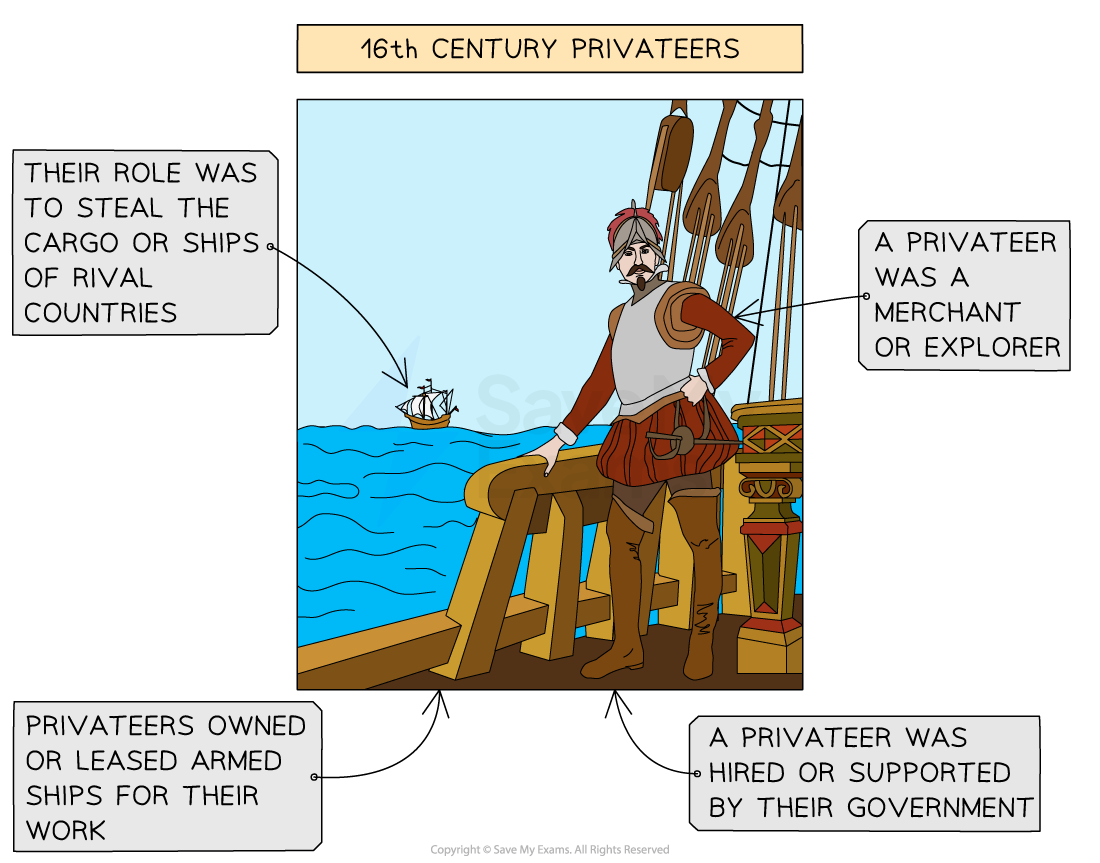
Trade and exploration
The English cloth trade with Antwerp (The Netherlands) was disrupted by Spanish embargoes
Wool was incredibly important to England's economy and Elizabeth's revenue
In response, Elizabeth encouraged English merchants to seek new markets, including in Spanish colonies in the Americas
This threatened Spain's dominance over the Americas
It also limited their access to silver and sugar
In 1580, Philip II added Portugal to his empire
This gave Philip more power
Elizabeth ordered her privateers to attack these colonies too
The development of naval technology
In the early 1570s, John Hawkins advised Elizabeth to build a fleet of new ships
English ships needed to be faster and more manoeuvrable against Spanish galleons
Key improvements in Elizabethan ship design
The size and reliability of ships
Galleons were larger than previous trading ships
They could carry more cargo for voyages
16th-century galleons had a lower bow and stern than in previous designs
This improved the galleon's stability in stormy conditions
Galleons utilised different types of sails
Square sails create speed
Triangular (or Lateen) sails improved the ability to manoeuvre the ship
More sails and masts made galleons faster and more accurate
The placement of the cannon
Designers placed cannons along the whole length of the galleon
This allowed sailors to protect themselves better from pirates or Spanish privateers
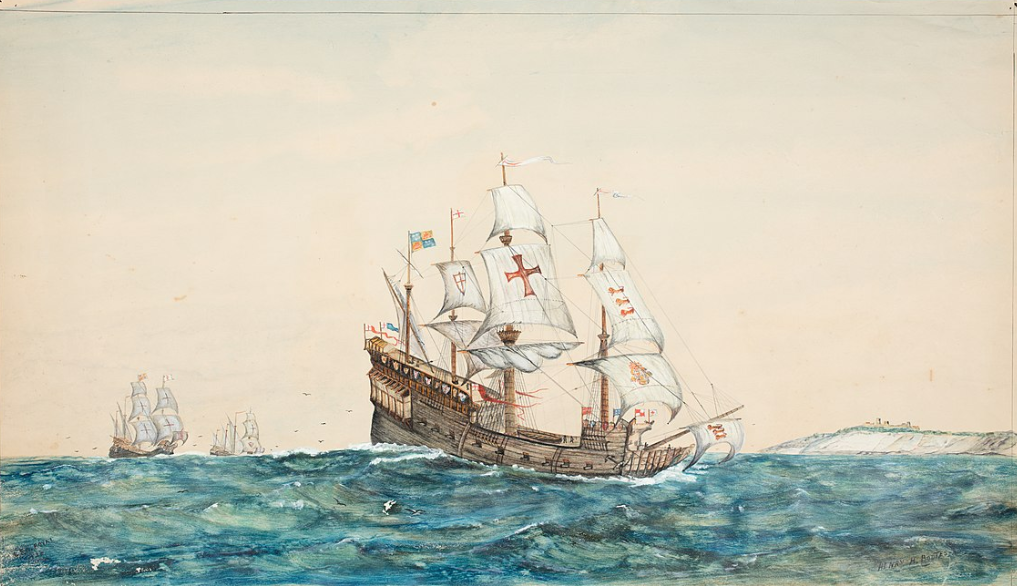
People connected to the Spanish Armada
Spanish
Philip II of Spain
King of Spain and leader of the Catholic Counter-Reformation
He planned the Armada to depose Elizabeth and restore Catholic rule in England
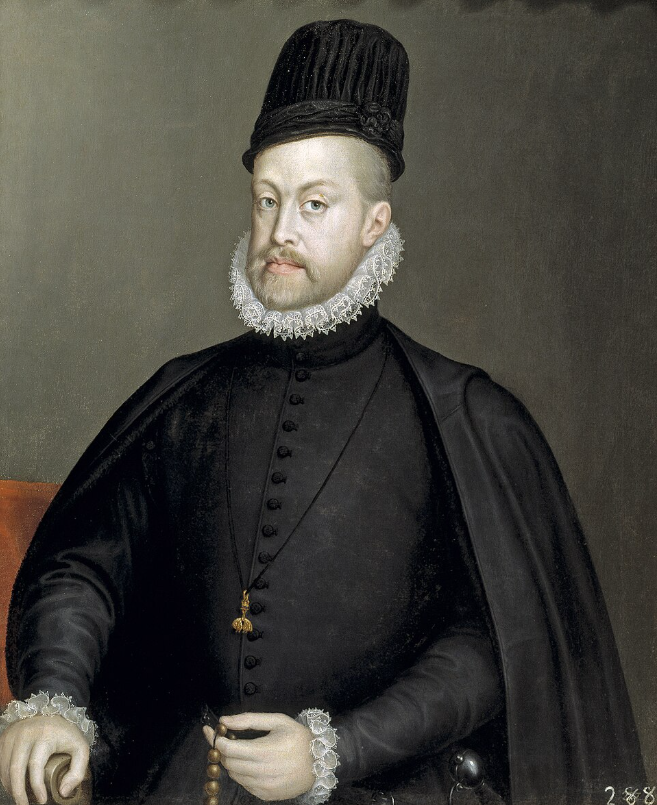
Marquis of Santa Cruz
Philip’s first choice to lead the Armada
He was an experienced naval commander who had served in the Mediterranean
Santa Cruz died in 1588, shortly before the Armada set sail
His death left the Armada without a leader at a crucial moment
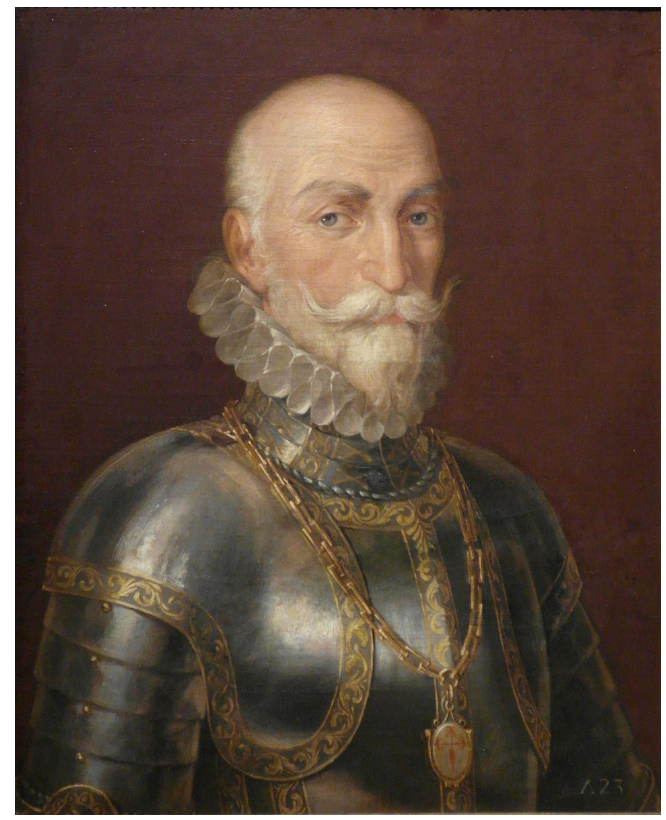
Duke of Medina Sidonia
Appointed after Santa Cruz’s death
Medina Sidonia was a nobleman and experienced army commander
He had little naval experience
He was seasick and reluctant to lead the fleet
Despite this, he followed orders and coordinated the Armada’s route through the Channel
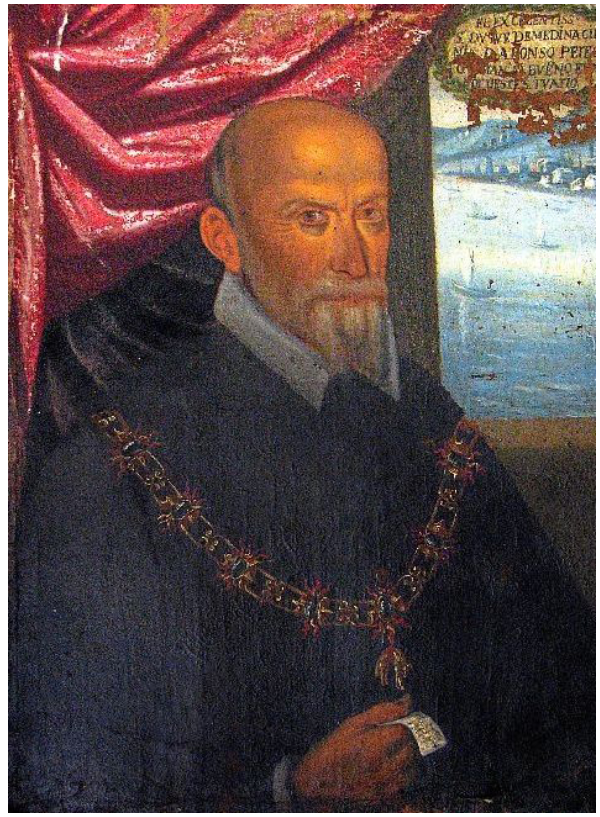
Duke of Parma
Spanish commander in the Netherlands
Parma led the army that was supposed to join the Armada and invade England
His troops never joined the Armada due to:
English naval resistance
Poor communication with Medina Sidonia
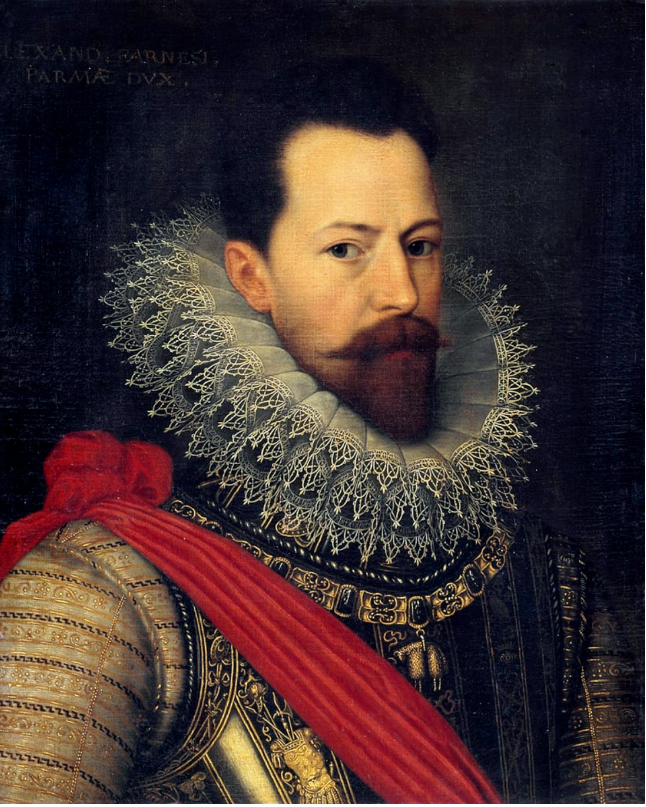
English
Queen Elizabeth I
Queen of England during the Armada
Elizabeth gave a famous speech at Tilbury in August 1588 to rally troops
This showed strong leadership and propaganda skill
She backed the navy and appointed trusted commanders
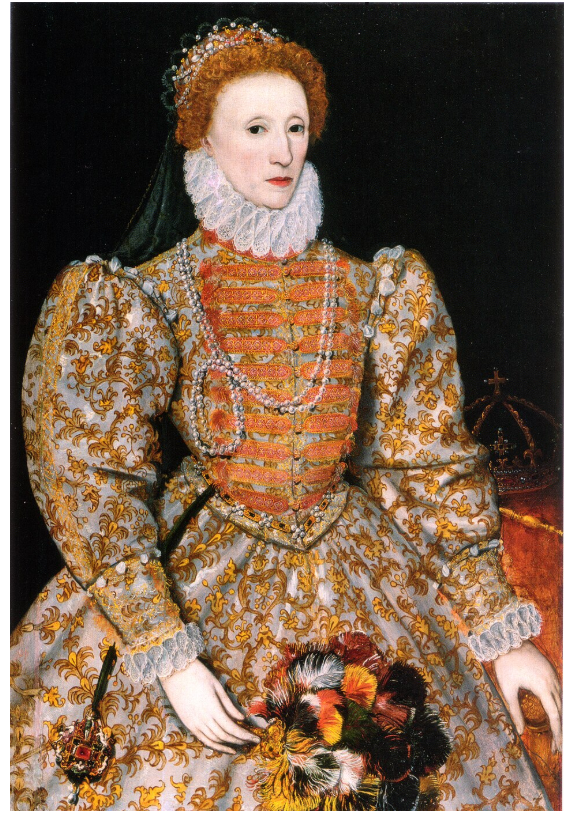
Lord Charles Howard
Howard was an experienced naval commander
Elizabeth chose him to be Admiral of the English fleet
He ordered the use of fireships at Calais
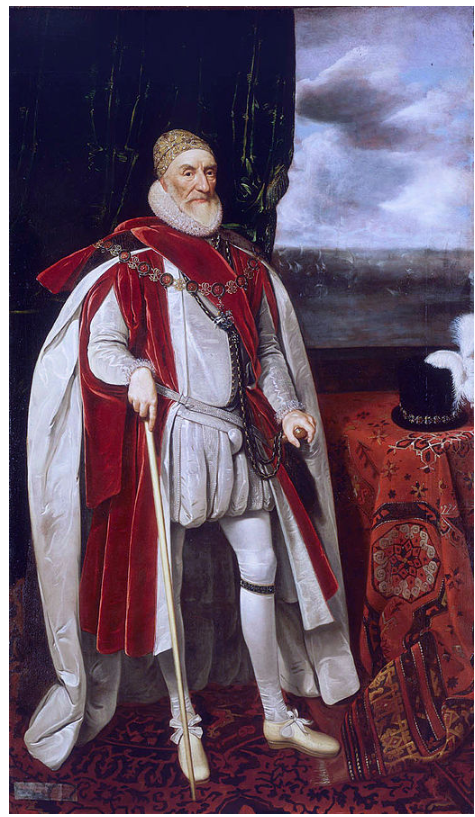
Sir Francis Drake
Drake became the Vice-Admiral of the English fleet
He previously attacked the Spanish port of Cadiz in 1587
This was known as the ‘Singeing the King of Spain’s Beard’
This delayed the Spanish Armada by a year and weakened Spanish resources
Drake played a key role in early engagements and in launching fireships
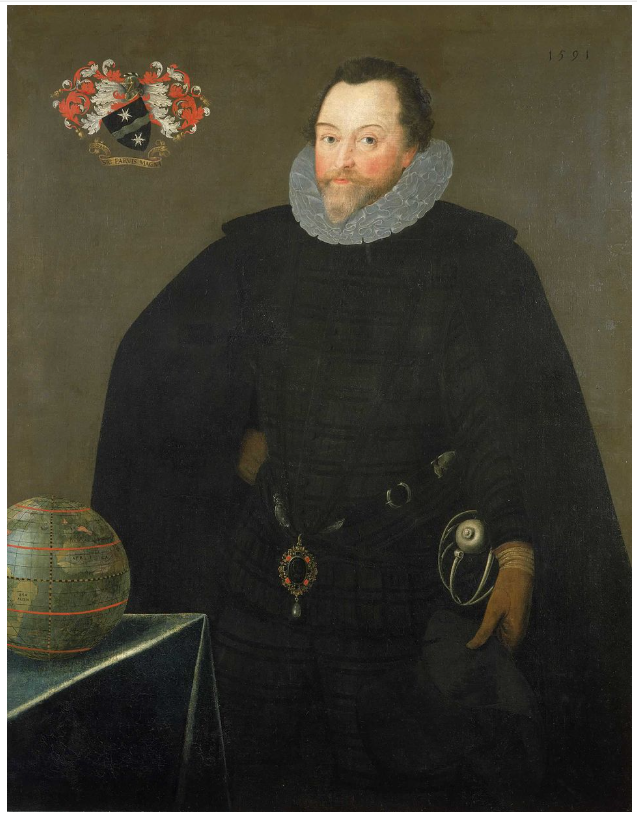
Philip’s invasion plan
Philip’s Armada aimed to:
Sail a large fleet from Spain
Travel through the English Channel
Meet up with the Duke of Parma’s army in the Netherlands
Transport Parma's troops across to England under the protection of the Armada
Once landed, the Spanish forces would:
March to London
Overthrow Elizabeth
Establish a Catholic government
Key elements of the plan included:
A total of 130 ships carrying over 30,000 men and 2,431 guns
Over 27,000 troops under Parma waiting in the Netherlands
A crescent formation to protect vulnerable supply ships
Firepower and supplies sufficient for a short campaign
Location: Route of the Armada and key battles
The planned route
The Armada would sail from Spain through the English Channel to the Netherlands
It would join with the Duke of Parma’s troops and escort them across to England
The joint force would land in Kent and march on London to remove Elizabeth
The actual route
May 1588: The Armada began its journey but was delayed by storms. It returned to Spain
July 1588: The Armada left Lisbon again and sailed up the Channel. It did not pick up Parma's troops
English attacks: Spain fought small-scale skirmishes against the English in Plymouth and Portland
Battle of Gravelines (8th August 1588): Defeat caused the Armada to scatter
Retreat: Strong winds pushed the Armada north around Scotland and Ireland
Severe storms wrecked many ships along the coasts of western Ireland
Only about half the fleet returned to Spain
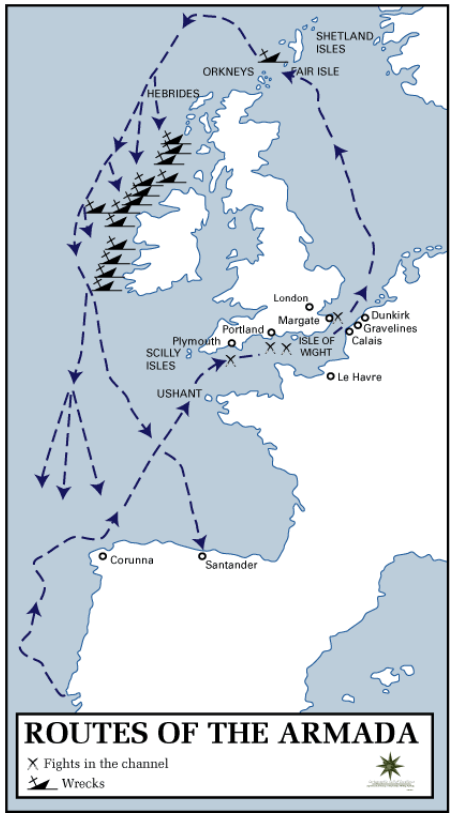
Battles
Key engagements took place off the coasts of:
Plymouth
Portland
The Isle of Wight
The Battle of Gravelines
The Battle of Gravelines took place on 8th August 1588
It was the decisive turning point, fought near the port of Calais in modern-day France
The English:
Used fireships
Had superior cannons and faster manoeuvrability to launch a nine-hour attack
The Spanish fleet:
Lost its defensive crescent formation, causing them to scatter
Suffered serious losses, with over 1,800 men killed or wounded
Were unable to regroup or continue the invasion
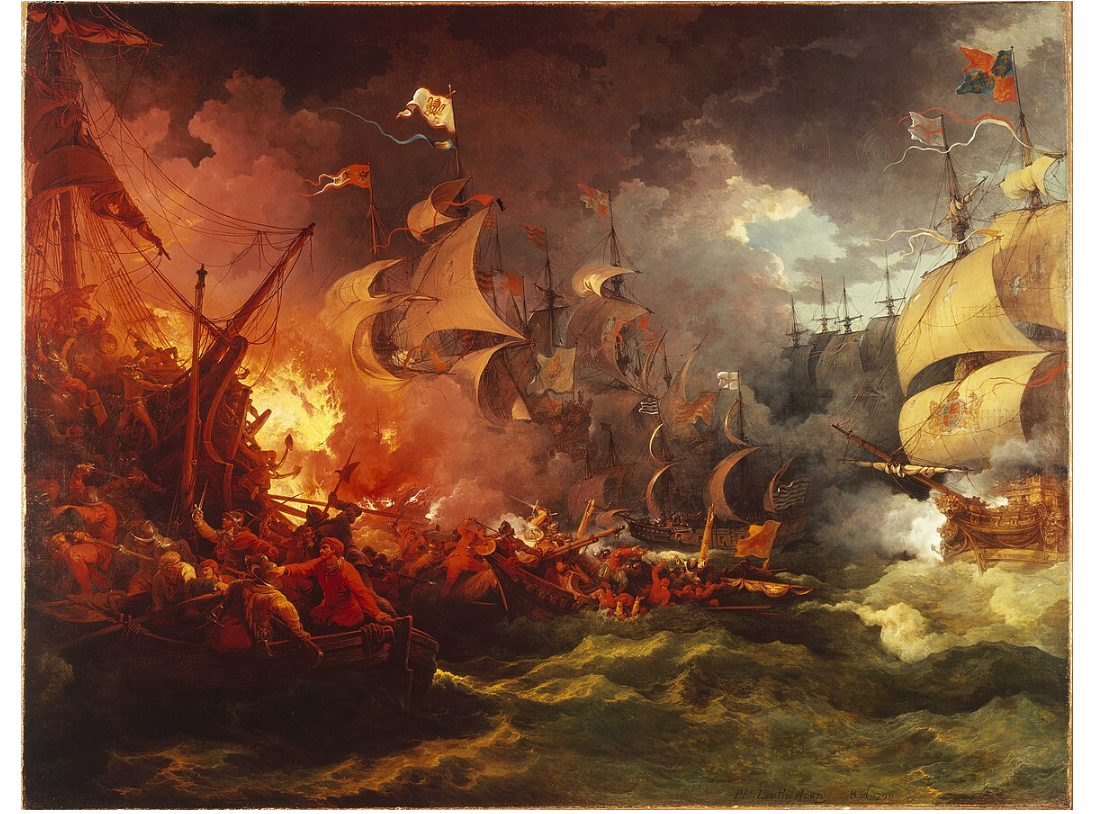
Examiner Tips and Tricks
This location reflects the turning point in the campaign and is central to understanding why the Armada failed.
Why did the Spanish Armada fail?
1. English strengths
English ships were smaller, faster and more manoeuvrable
They used long-range culverin cannons to attack the Spanish ships from distance
Fireships scattered Spanish formation at Calais
Commanders like Howard and Drake were experienced and made the right decisions in battle
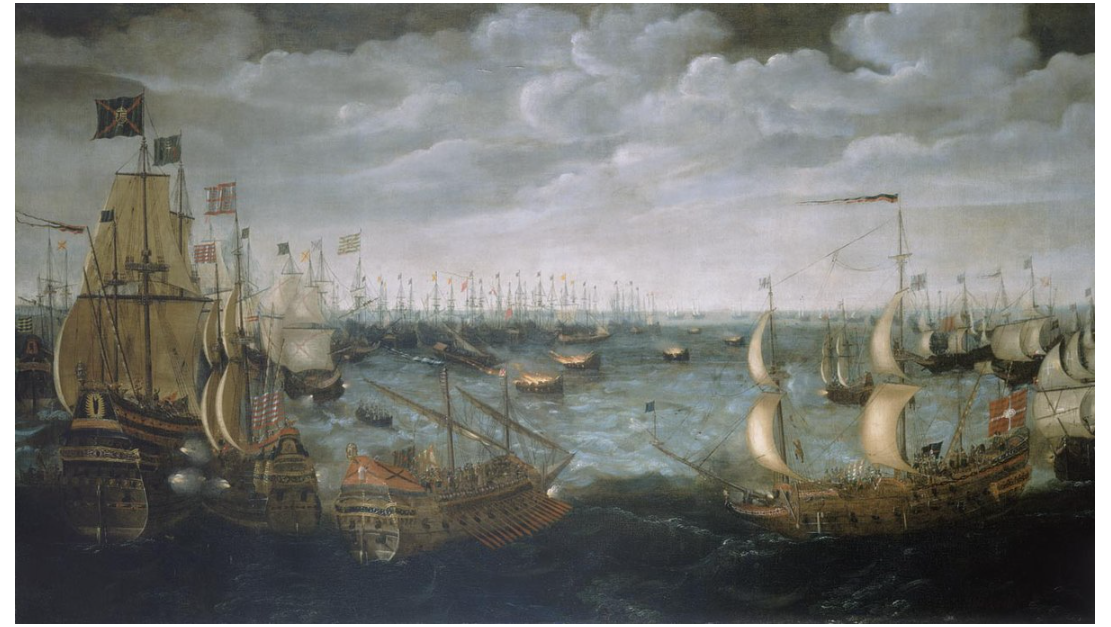
2. Spanish weaknesses
Ships were large and hard to manoeuvre
The Spanish used a crescent formation which:
Preventing the fleet from using most of its guns
Made it more likely the Spanish ships collided with each other
The Armada lacked coordination with Parma’s forces
Communication between the fleet and Parma was impossible under English pressure
Messages took a week to reach their destination
Parma received Medina Sidonia's message that the Armada had reached the English Channel too late
Medina Sidonia was not a naval expert
Philip gave very restrictive instructions to Medina Sidonia
The order for the Armada to anchor in Calais made the fleet an easy target for the English navy
3. Weather
Storms before and after the Battle of Gravelines caused severe damage
Winds blew Spanish ships northwards, forcing retreat around Scotland
The English called these ‘Protestant winds’
Over 20 ships were wrecked on the Irish coast
4. Poor planning
The rendezvous with Parma was never effectively arranged
The Spanish had issues with their supplies
Poor-quality barrels caused Spain's food provisions to rot
Many Spanish sailors were already ill before the Armada reached England
Spain did not have enough cannonballs to fight the English ships
Consequences of the Spanish Armada
1. Boost to Elizabeth’s reputation
Elizabeth’s leadership, including her famous speech at Tilbury, became legendary
She commissioned a portrait to celebrate her success
The victory was seen as evidence of God favouring Elizabeth and Protestantism
Philip II of Spain believed that God went against his fleet by sending poor weather
Medals were struck bearing the phrase “He blew with His winds, and they were scattered,” linking the victory to God

2. Strengthened Protestant England
The failure of the Armada reinforced the Protestant identity of England
Catholic plots against Elizabeth stopped
Spain, or any other foreign powers, did not achieve a Catholic invasion of England
Defeating the Armada raised England’s status internationally
It increased national pride
Spain acknowledged the naval power of England
3. Decline of Spanish naval power
Spain lost many ships and experienced sailors
Although still powerful, Spain’s naval reputation was permanently damaged
This encouraged nations like England and the Dutch Republic to challenge Spanish dominance in Europe and the Americas
4. Rise of English naval ambition
England’s naval success promoted further exploration and trade, especially in the Americas
In the long-term, these voyages were the start of the British Empire
Figures like Sir Francis Drake became national heroes
Their success encouraged more people to explore the world
5. Continued conflict with Spain
Further expeditions were launched by both countries, including the English Armada in 1589
This was unsuccessful
The war with Spain continued until 1604
6. Cultural and propaganda impact
The Armada became a defining moment in English history
Artists, poets, and historians portrayed it as a miraculous victory
It became a significant part of Elizabeth’s 'Golden Age'
Examiner Tips and Tricks
To access specific advice on how to approach the Historic Environment question in Paper 2B, please read the exam skills revision note.

Unlock more, it's free!
Did this page help you?